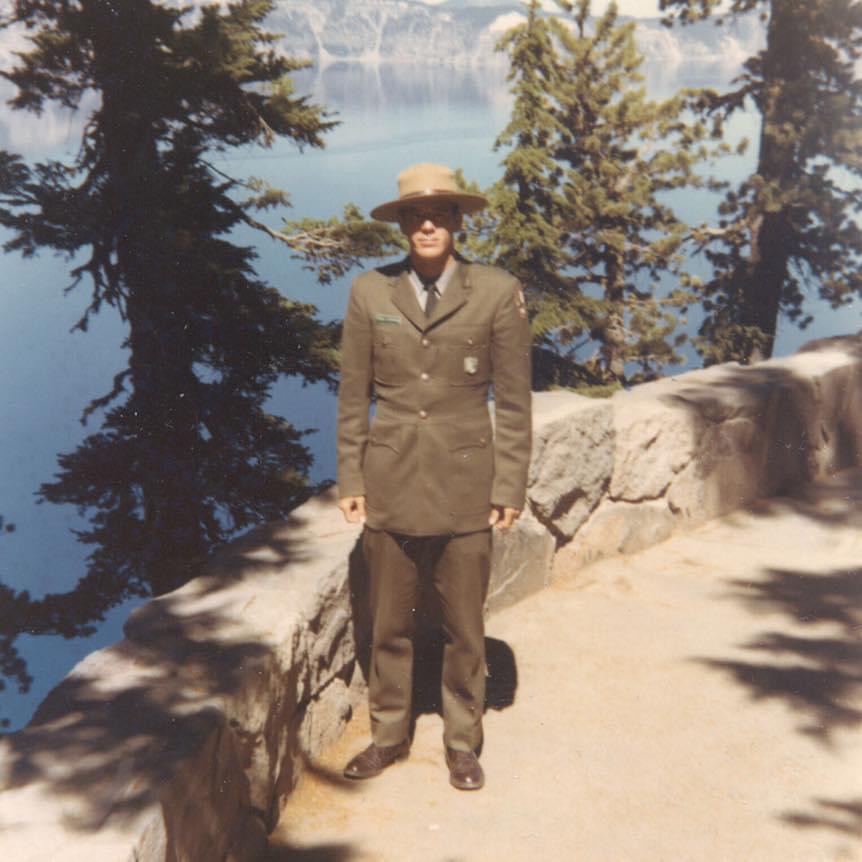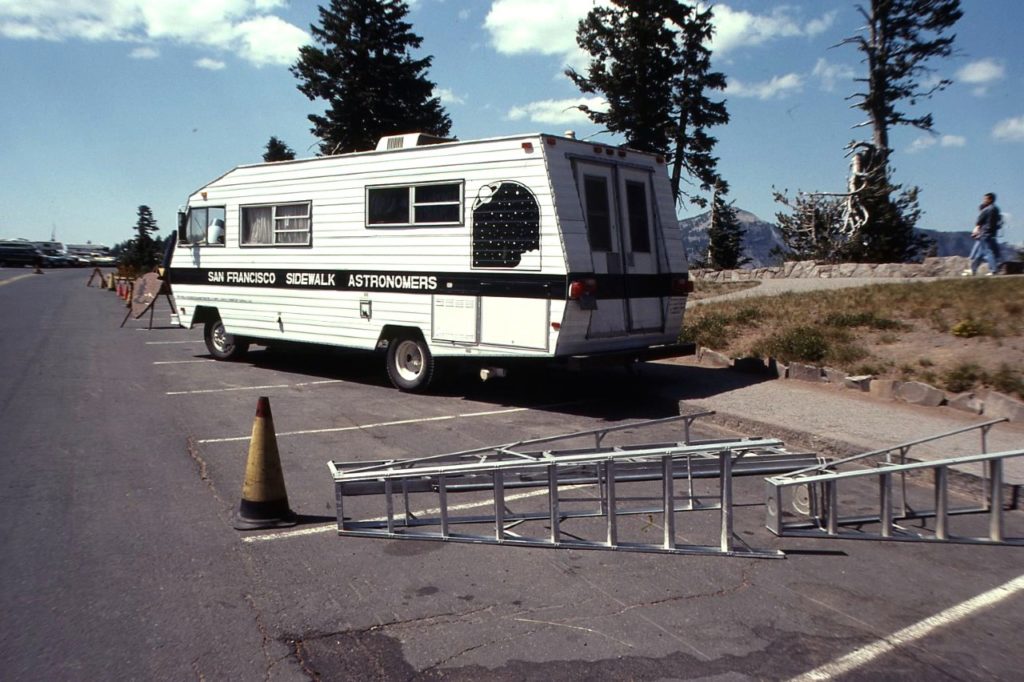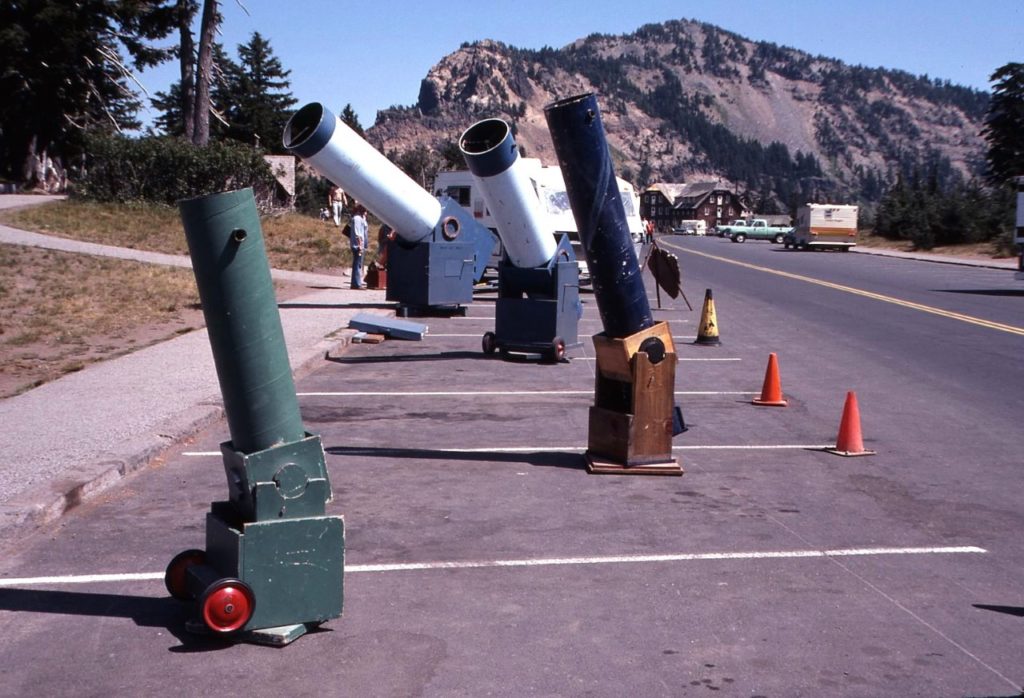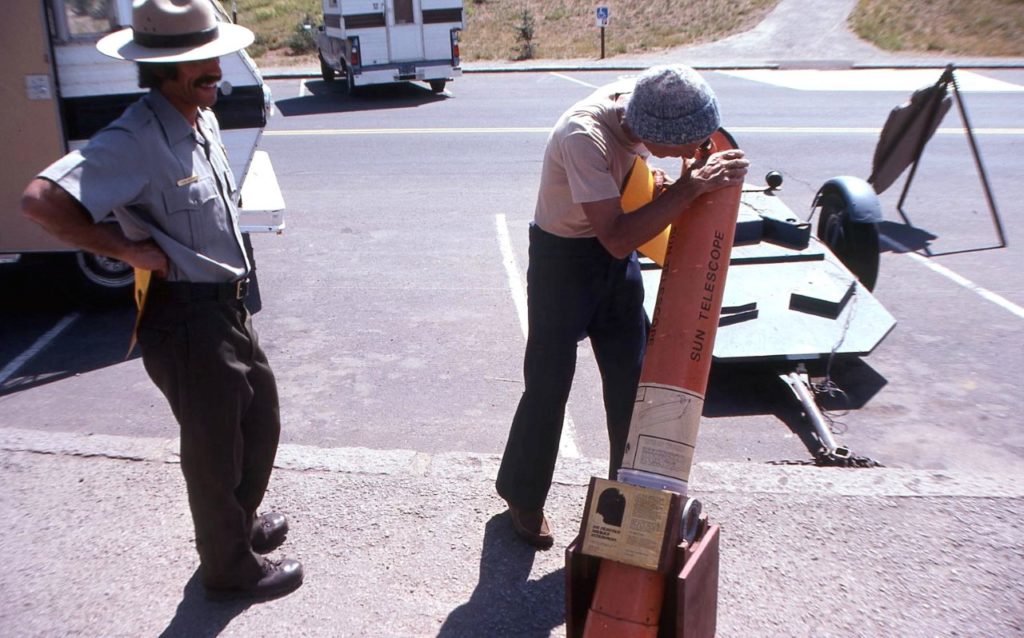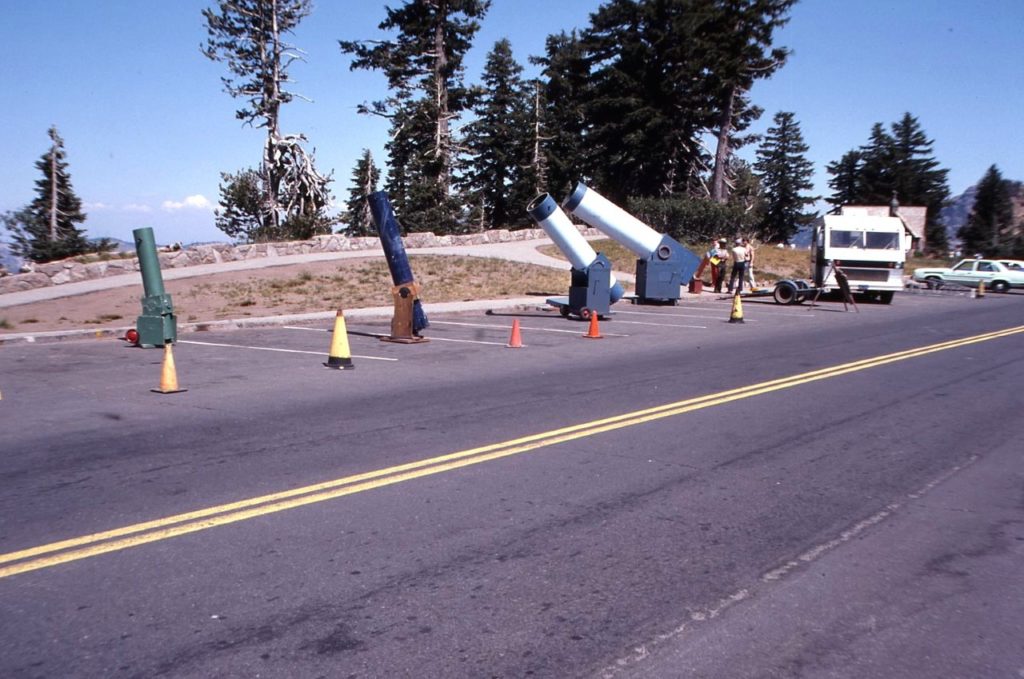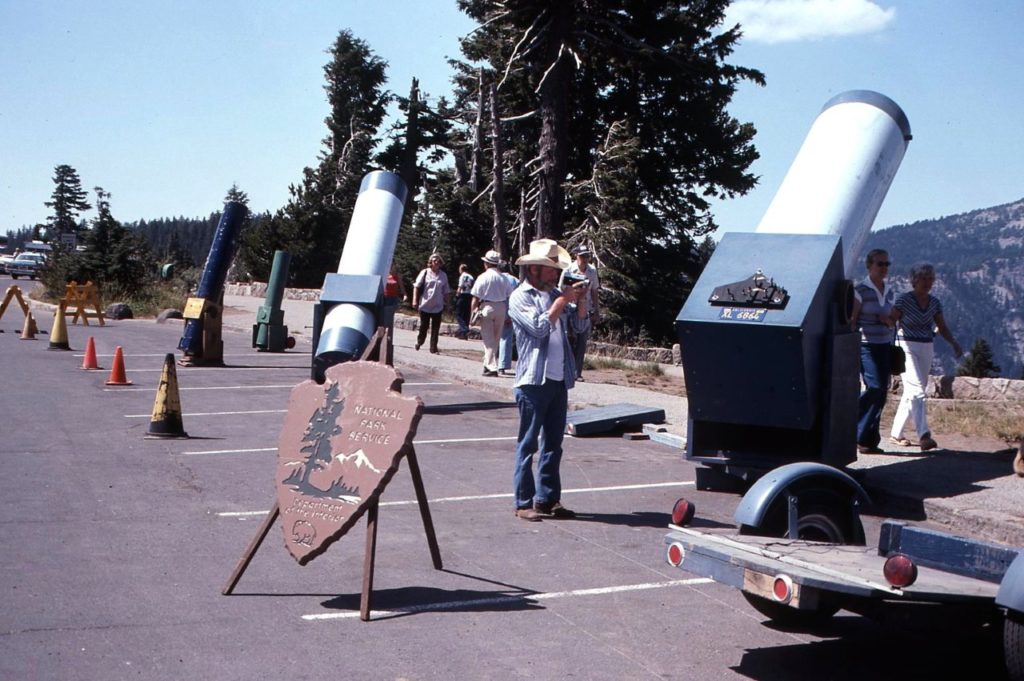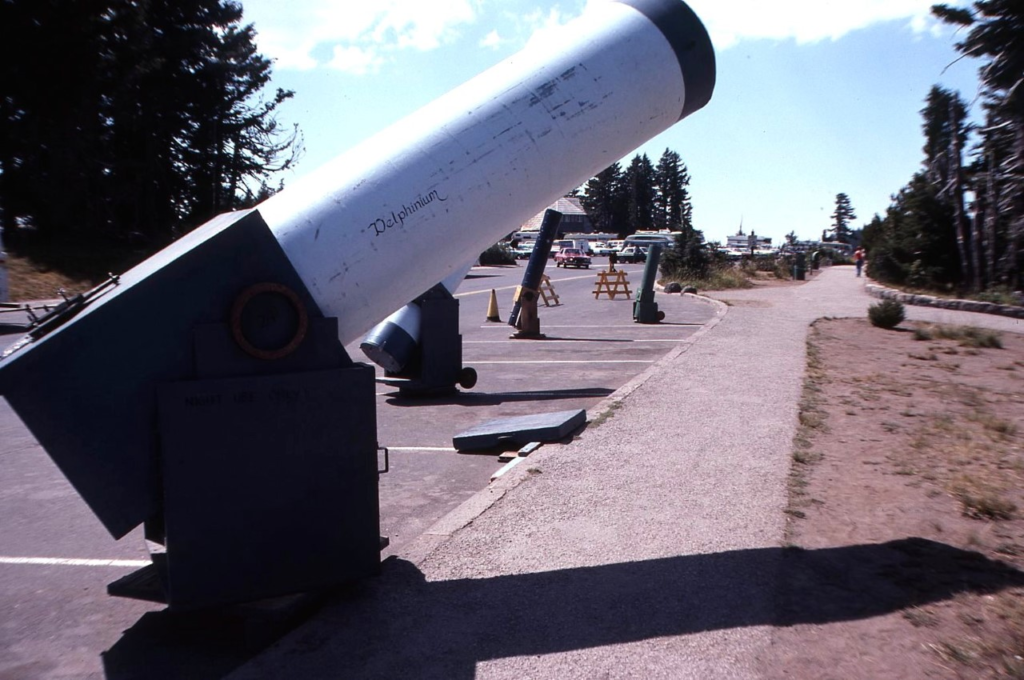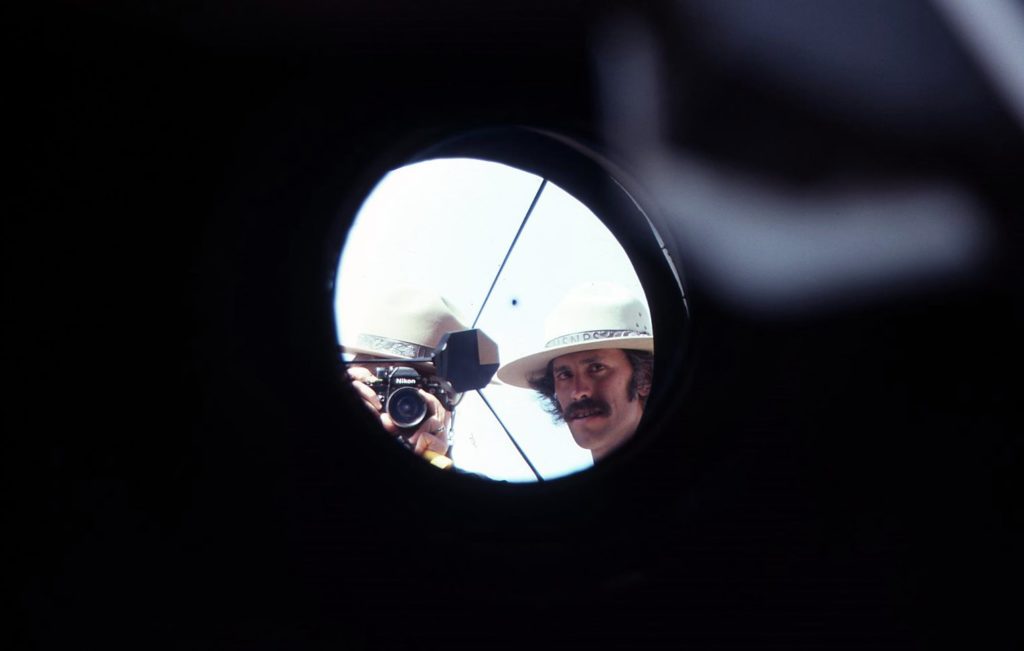Stargazing
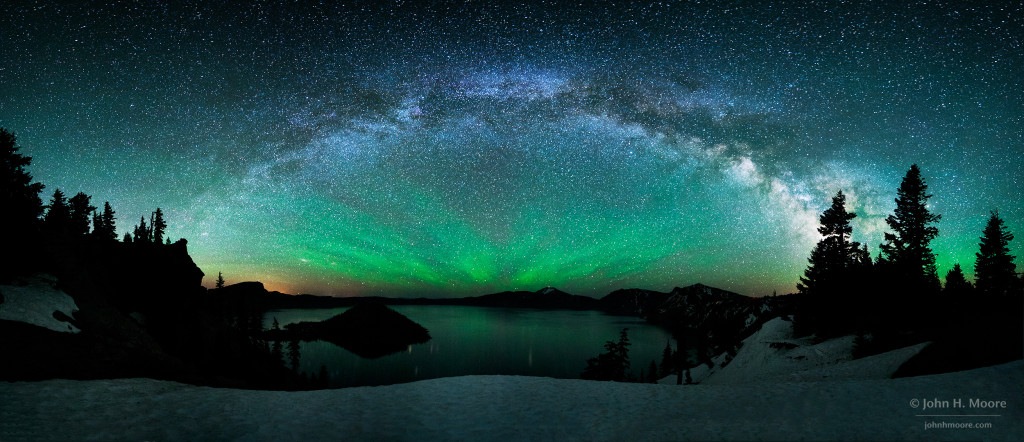
Come on – go outside, get your head out of your phone and look UP! (unless you’re using the Google star finder app)
Crater Lake National Park is listed by the National Park Service’s Dark Sky Team as among the top 10 dark sky locations in the National Park System.
If you are curious enough to stay outdoors after dark, there’s a real treat in store by looking up and experiencing the wonders of the other half of this great national park.
When
Star gazing at Crater Lake is best on nights without clouds or a full moon. On such an evening, the stars are too numerous to count. They appear so bright, that one might be tempted to lay down, and take off one’s shirt to get a “star tan.” Venus and the Milky Way appear to cast a shadow. By full moon, the light intensity is such that colors are discernible to the unaided eye.
The beauty of the night sky at Crater Lake is largely due to its isolation and the extensive amount of land surrounding the caldera that is preserved in a natural state. Along with large tracts of wilderness comes a virtual absence of artificial lights allowing the pupil of the human eye to widen and become receptive to distant stars, some of which are thousands to millions of light years away. At Crater Lake there is no light pollution from nearby settlements and cities. There is no light pollution from night advertisement and local traffic.
At Crater Lake, the transparency of the night sky is enhanced by the summer climate. The humidity of the air and the frequency of cloud cover is low in the High Cascades of South-Central Oregon. The views of the night from the 7,000′ elevation at Rim Village are optimum because of the low density of tree cover and the unobstructed view of the horizon is all directions created by the pre-historic collapse of Mt. Mazama.
What to View and When
Major celestial bodies and events to view throughout the year and where to view them
It is best to go outside before sunset and get acquainted with the names of the surrounding peaks. Across the caldera is the distant Matterhorn-shaped summit of Mt. Thielsen. This is the general direction of north. Thus, with your back towards the caldera and Mt. Thielsen, you are looking in the general direction of due south. Cloudcap and Mt. Scott are in the East, Garfield Peak is in the South East, and the Watchman is in the West. Llao Rock is in the Northwest. The Wineglass is in the Northeast.
After sunset, the first stars
Once sunset occurs, look for a bright star. If the bright star is in the west, it’s most likely the planet Venus, the second from the sun. A view in mounted binoculars or a small telescope will usually reveal that, like the early moon, it is crescent-shaped.
Within a few minutes, as dusk darkens, the next stars to look for are Vega, high in the sky above Garfield Peak and Arcturus in the West. These two bright stars will be followed by Deneb and Altair.
Vega, Deneb and Altair make up the three stars of the summer triangle. They are each in different constellations, however. As the minutes pass, as it gets much darker, the Milky Way can be seen emerging from the South Eastern Horizon through Deneb and between Vega and Altair.
Look up across the caldera, the stars in the handle and bowl of the Big Dipper (the most visible portions of Ursa Majoris) are now visible. The form an arc that points to Arcturus.
Below is from our page on Sidewalk Astronomy:
John Dobson came to Crater Lake often in the 1970s to 1990s with is Dobsonian homemade telescopes. Below is an interview with Dr. Owen Hoffman about the experiences with John Dobson. To find out more about this famous and forward-thinking man, google John Dobson.
photos by Ranger Lloyd Smith
Can you say something about your experiences at Crater Lake? I can’t recall all the times we visited Crater Lake. It was many times. I don’t think it was annually, but certainly many times during the course of the years. I remember one time when we came to Crater Lake from Glacier Point in Yosemite. The tube of the 24 incher had been drenched by a heavy rainstorm. It was too heavy for use. But Hank Tanski and John Salinas got us all sorts of heavy weights, about 40 lbs of steel, so that the telescope could be used at the Rim. They put traffic cones on the parking area to reserve the space for our telescopes and we could give slide presentations in the Community House after the formal talks given by park naturalists. It is important to give astronomical slide shows, before letting the visiters look through the telescopes, otherwise the visiters may not understand what they see.
We are grateful for the help of Hank Tanski and John Salinas. Hank would even let us shower in his house at Park Headquarters. And he even arranged subsidies for our meals ($7.00 a day if we ate on our own and $12.00 if we ate in the restaurant).
Over how many summers did the Sidewalk Astronomers visit Crater Lake?
I can’t recall, but certainly it was several summers in a row. We would stay for a week or two, several of us. Unfortunately, we have no written accounts of our activities at Crate Lake, and no photographs. We never had cameras. I think our first visit was in the late 1970’s and our last was in the 1990’s. We gave slide shows before letting the visitors use the telescopes.
Usually we start with all the telescopes on the planets, or the Moon, and then, after mothers with little kids would leave, we take requests and show them what they want to see, star clusters, galaxies etcetera.
But one year, when we had been in the park for some time. I noticed that the back of my van was filled with food. I had no idea where this food came from. We inquired around, then asked the ladies who worked at the Lodge. They were the girlfriends of the boys who worked on the boats. It was the boat crew who purchased all that food. They had sandwiches, fruit, and all sorts of delicious stuff. They had put all of that food in the back of my van. God bless ’em!
We used to do the boat trip and while down on the lake, we used to use our hands to scape up the pollen floating on the surface of the lake and we would consume it. It was very good food, but no delicacy. It’s the biggest pollen source that I’ve ever seen.
I remember coming to Crater Lake in early July and having thirty foot snow banks. We would put our milk in the snow banks. We even went through a blizzard at Crater Lake on the 4th of July.
One time at Crater Lake, we had our telescopes set up at the Rim Village area. A man came up to me and said, “These look like Dobsonians.” I said, “Yes, I’m Dobson.” The man replied as he shook my hand, “It’s not often you get to shake hands with a Newton!” [laughter]. |
Owen, photo below:
As a park ranger-naturalist at Crater Lake during my first summer in 1966. I was 21 years old.
Note the wearing of what today would be considered the class ‘A’ uniform. It was 100% wool. The Stetson was made of beaver felt.
Today, the summer uniform is short sleeves, open collar, no tie, cotton pants and a straw Stetson.
Could this major change in summer uniform attire also be evidence of global warming?
